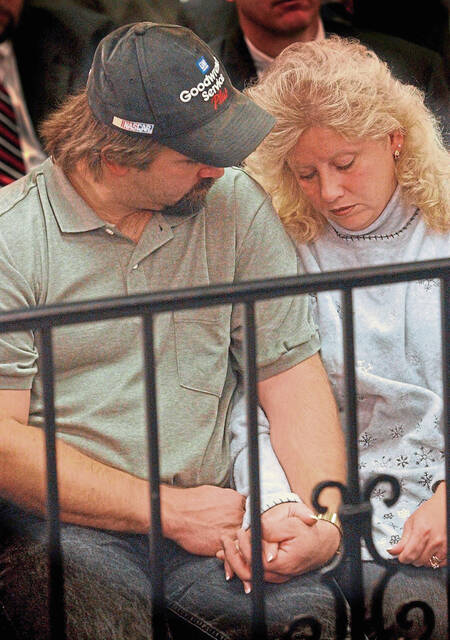Editorial: Quecreek brought us together; it would serve us well to remember that
Pennsylvanians are not the kind of people who do anything in lockstep.
We can be tribal. We can be territorial. We are willing to go to war over things such as hockey and football, which university is superior to all others and the best convenience store in the state.
We will fight about sports. We will fight about politics. Between the pandemic and the elections, we have spent recent years battling about masking or not masking, vaccinating or not vaccinating, going to school in person or remotely, what books are acceptable, eating in restaurants or getting takeout and, oh yes, who would and should get our votes.
It’s hard to remember a time when Pennsylvanians could agree on anything.
Perhaps the last time was 20 years ago.
On July 24, 2002, it was your typical day.
That ended at 9:15 p.m. when the Quecreek Mine flooded, trapping nine coal miners underground — cold, wet, scared and running out of air.
Maybe it was the throwback to Sept. 11, 2001. Maybe it was that we all remembered the grieving and hoping and fearing we did together in the aftermath of the terror attacks not even a year before. But for 77 hours, the story in Pennsylvania that brought us together was those men in the ground.
While they counted their breaths, we held ours. The nation was paying attention to the mine disaster, but Pennsylvania lived it collectively, praying for days that the worst would not happen — that a rescue would not become a recovery.
It transcended politics. After more than six years as lieutenant governor, Mark Schweiker had moved into the governor’s office when his predecessor, Tom Ridge, was drafted by President George W. Bush to be the first Secretary of Homeland Security. His boots-on-the-ground presence at Quecreek made him a popular figure with Republicans and Democrats.
It transcended those tribal and territorial ties that divide us. The miners were not our relatives, but they could have been. From Pittsburgh to Philadelphia and all the more rural areas in between, many people have ties to coal or energy or the steel industry — the difficult and dangerous jobs that built the economy. Maybe you work in an office or a hospital today, but your father or grandfather could easily have been one of those shivering, gasping men.
In the early hours of July 28, 2002, as the first miner was pulled from the ground, breathing clean air for the first time in more than three days, we all breathed a sigh of relief.
We were able to come together 20 years ago in our hope amid a disaster. Now we just need to learn from Quecreek and realize that we still are all in this together — and act like it.
Remove the ads from your TribLIVE reading experience but still support the journalists who create the content with TribLIVE Ad-Free.

